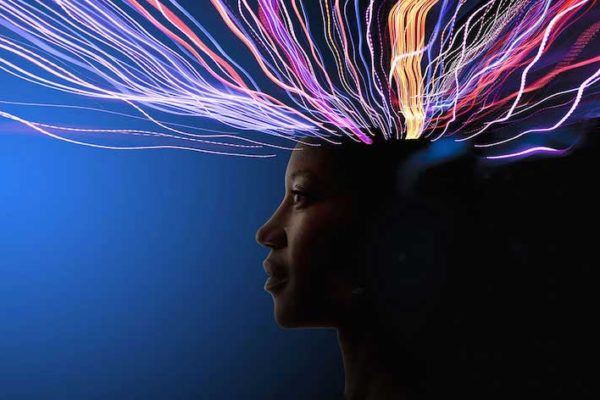The Role of AI on the Global Economy

The Role of AI on the Global Economy
AI has large potential to contribute to global economic activity. But widening gaps among countries, companies, and workers will need to be managed to maximize the benefits.
The role of artificial intelligence (AI) tools and techniques in business and the global economy is a hot topic. This is not surprising given that AI might usher in radical—arguably unprecedented—changes in the way people live and work. The AI revolution is not in its infancy, but most of its economic impact is yet to come.
New research from the McKinsey Global Institute attempts to simulate the impact of AI on the world economy. First, it builds on an understanding of the behavior of companies and the dynamics of various sectors to develop a bottom-up view of how to adopt and absorb AI technologies. Second, it takes into account the likely disruptions that countries, companies, and workers are likely to experience as they transition to AI. There will very probably be costs during this transition period, and they need to be factored into any estimate. The analysis examines how economic gains and losses are likely to be distributed among firms, employees, and countries and how this distribution could potentially hamper the capture of AI benefits. Third, the research examines the dynamics of AI for a wide range of countries—clustered into groups with similar characteristics—with the aim of giving a more global view.
The analysis should be seen as a guide to the potential economic impact of AI based on the best knowledge available at this stage. Among the major findings are the following:
- There is large potential for AI to contribute to global economic activity
- A key challenge is that adoption of AI could widen gaps among countries, companies, and workers
There is Large Potential for AI to Contribute to the Global Economy
The McKinsey Global Institute looked at five broad categories of AI: computer vision, natural language, virtual assistants, robotic process automation, and advanced machine learning. Companies will likely use these tools to varying degrees. Some will take an opportunistic approach, testing only one technology and piloting it in a specific function (an approach our modeling calls adoption). Others might be bolder, adopting all five and then absorbing them across the entire organization (an approach we call full absorption). In between these two poles, there will be many companies at different stages of adoption; the model also captures this partial impact.
Download the full report here.
Source: McKinsey Global Institute September, 2018

